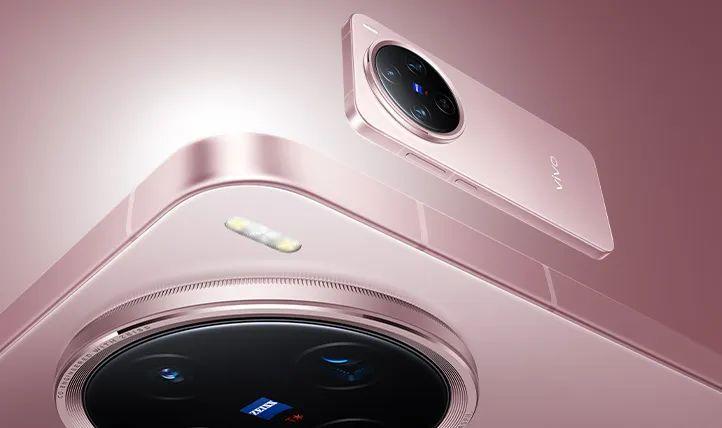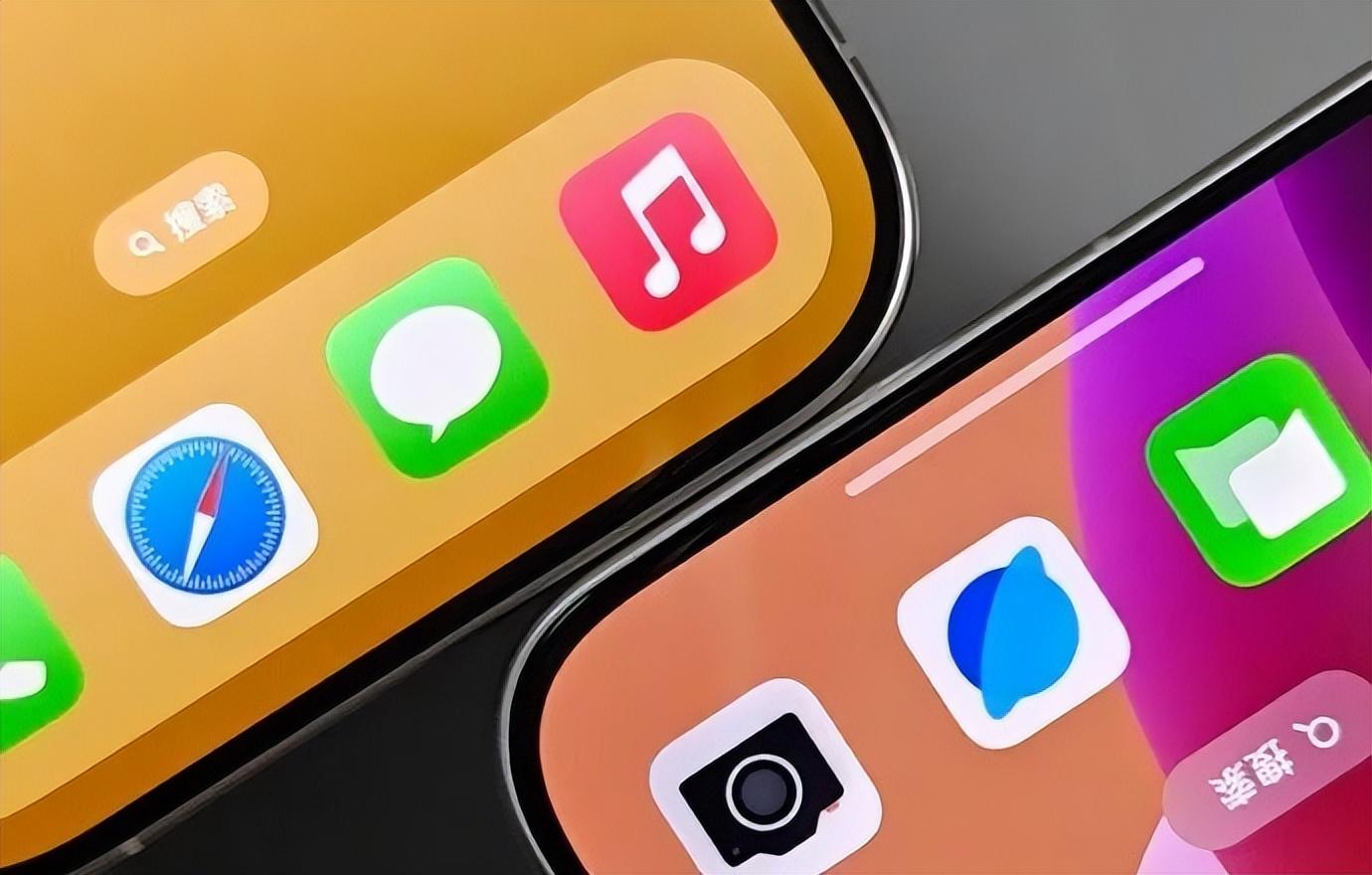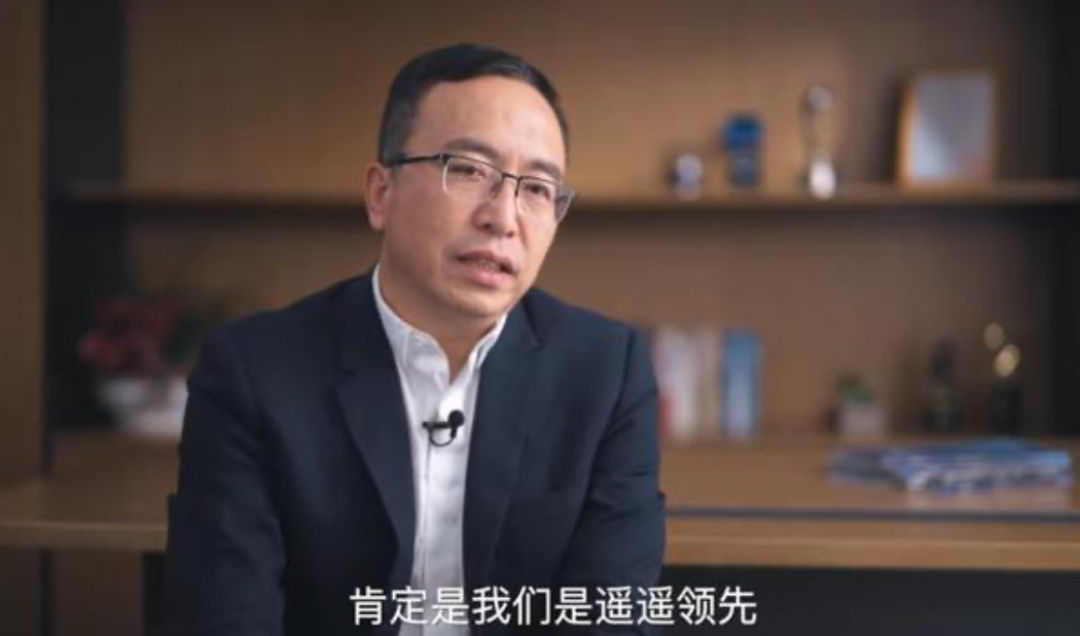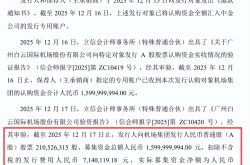Melee starts early, domestic flagships enter hell mode this month
![]() 10/25 2024
10/25 2024
![]() 665
665
The size of the year-end bonus for mobile phone manufacturers depends entirely on their efforts in the last few months of the year.
Singles' Day hasn't arrived yet, but the only ones fighting harder than e-commerce platforms are probably mobile phone manufacturers. This year, everyone seems to have gone crazy, and mainstream mobile phone brands have concentrated the launch of their flagship new products in October.
From vivo X200 on October 14th to OPPO FindX8 released on October 24th, to Xiaomi 15 series on October 29th and Honor Magic7 series released on October 30th, as well as the OnePlus 13 series, which has not yet announced a specific date but is confirmed to be released in October. Good weekdays are packed with press conferences.
It seems that the size of the year-end bonus for mobile phone manufacturers depends entirely on their efforts in the last few months of the year.
In fact, in previous years, everyone's release dates were relatively far apart. September was basically reserved for Apple and Huawei, while November and later were for other domestic Android flagships, giving everyone a brief "exclusive" sales period. But this year, the overall release schedule has moved forward. For example, the vivo X200 was released a month earlier than its predecessor, while both the OPPO FindX8 and Honor Magic7 were released two and a half months earlier than their respective predecessors, with the Honor Magic7 also being released two and a half months earlier than the Magic6. The OnePlus 13 was also moved from its previous mid-December release date to late October.
The spectacular spectacle of short-range engagements in October left Weibo's trending topics a little overwhelmed. A senior executive of a mobile phone manufacturer told Digital Frontier that behind this phenomenon, on the one hand, the release cycle of chip manufacturers has been advanced, and everyone has started to rush forward to seize the best launch period; on the other hand, the launch of domestic brands and iPhones have basically been pulled to the same cycle, and everyone has grown more confident in competing with iPhones on the same stage.
Behind the clustering of system and new product launches, some competitive trends in domestic flagship mobile phones have gradually become clear this year.
01
Collective price increases are a foregone conclusion
The first released vivo X200 fired the first shot in the flagship price increase.
The starting price of the vivo X200 is 4,299 yuan (12GB+256GB), which is 300 yuan more expensive than the previous generation with the same memory specifications, and other memory specifications have also increased in price by 300-500 yuan. But the price increase is not limited to vivo alone. Although flagship new products such as OPPO FindX8 and Xiaomi 15 have not yet been released, it is already a foregone conclusion that prices will rise.
As early as the launch of Xiaomi 14, Lei Jun clearly stated that the 14 series is Xiaomi's last Xiaomi digital flagship phone priced at 3,999 yuan, and Xiaomi will no longer cap its prices at this level going forward. According to various sources, the starting price of OPPO FindX8 will also increase compared to the previous generation.
This also means that flagship phones priced below 4,000 yuan from various brands will become a thing of the past.

The call for Android flagship price increases has been heard since the beginning of the year, and the underlying reason points to rising prices of core component parts. The most prominent is the processor, with both the Dimensity 9400 and Snapdragon 8 Supreme Edition adopting TSMC's latest N3E process. Han Boxiao, vivo's product manager, mentioned that the SoC under the N3E process has a performance improvement of about 40% compared to the previous generation, which is the largest improvement in history and also the SoC with the largest price increase in history. It is reported that there has been a roughly 20% increase in the process cost of N3E.
The improvement in process technology has directly driven up the price of chips. Well-known analyst Ming-Chi Kuo revealed that the procurement cost of the Snapdragon 8 Supreme chip has increased by 15% compared to its predecessor, reaching $180 (approximately RMB 1,280), including the procurement cost of the Dimensity 9400, which has also reached $155 (approximately RMB 1,103). There are also insiders who have revealed that the price of the Snapdragon 8 Supreme Edition may exceed $200.
In addition, storage prices have increased over the past year. In the past few years, due to relatively low storage prices, many brands have launched models with large memory capacities, offering plenty of storage. But this situation has changed in recent years, with storage prices rising steadily. DRAMeXchange estimates that the average price of DRAM memory chips will increase by up to 53% in 2024 and will continue to rise by 35% in 2025.
In addition to processor and storage price increases, screens and batteries are also significant cost components in mobile phones, and many manufacturers are now using custom screens and more expensive silicon-carbon anode batteries, which also put pressure on the overall cost of the device.
However, while Android flagships are seeing price increases, the iPhone 16 released in September did not increase in price. Industry insiders believe that this is partly because the iPhone 16 itself has not undergone many upgrades, and its SoC is self-developed, so it is less affected by the supply chain, and its memory capacity has also remained relatively low.
On the other hand, the large shipment volume of iPhones not only gives them strong supply chain discourse power, but subsequent internet services also bring them substantial profits. This also gives iPhones stronger resilience in responding to market fluctuations. Even in the eyes of many people, the overall sales volume of iPhones is somewhat weak, and recent strategies have focused on stimulating sales through price reductions or no price increases.
In contrast, domestic flagships, with the exception of Huawei, do not have large shipment volumes overall, and their basic businesses are concentrated in mid-range models, which means that price increases for Android flagships will not affect their respective basic businesses but will instead ensure profits for high-end products. Moreover, even with a few hundred yuan price increase, there is still a gap of over a thousand yuan between the starting prices of current Android flagships and iPhones.
02
Straight screens are experiencing a Renaissance
Curved screens used to be a hallmark of high-end phones, giving them a thinner and more technological look. As a result, domestic Android flagships were uniformly equipped with curved screens for a long time.
However, the trend has shifted significantly in recent years. While curved screens offer better grip and a higher price point, making the entire device appear thinner and lighter, many consumers dislike them due to issues with accidental touches and fragility. As a result, the curvature of mobile phone screens has become smaller in recent years, with manufacturers beginning to produce flat-screen models.
Even so, many netizens are still unimpressed, with inquiries about whether new models have flat or curved screens appearing in the comments sections of every new release. The mere mention of curved screens seems to strike a nerve, with repeated calls for flat-screen products.

This year's flagship new products will see a large number of flat-screen mobile phones come to market. The vivo X200Pro mini features a small 6.31-inch flat screen, the OPPO FindX8 has returned to a flat screen from the previous generation's slightly curved screen, and the Honor Magic7 series will include both flat and slightly curved screen models. It seems that manufacturers are listening to consumers and putting in a lot of effort into human factors research.
Xiaomi was the fastest to act on flat screens, introducing a small flat-screen flagship with the Xiaomi 13, and this year's Xiaomi 15 is also a flat-screen phone with right-angle borders.
The current trend is indeed interesting, with Android manufacturers moving closer to the product form factor of iPhones. As we all know, iPhones have not had curved screens in recent years, and their borders have also been changed back to right angles from the iPhone 12 onwards, a trend that has continued to this day.
While criticism has been leveled at iPhones for lack of innovation in recent years, an increasing number of Android flagship phones are adopting flat screens and right-angle borders this year. Each manufacturer's new products are looking more and more like iPhones from the side and front, with many users joking that they have a "fruity" aura.
Adhering to the principle of "if you can't beat them, join them," Android manufacturers are not only approaching iPhones in terms of hardware appearance but are also learning from Apple in terms of software and system UI design, or emphasizing integration and compatibility with the Apple ecosystem. This allows users who use Apple computers or own multiple devices to enjoy seamless interconnection with other terminals without worrying about the closed nature of the Apple ecosystem.
03
AI takes center stage
In previous years, imaging was a major talking point for every generation of flagship new products, but in the last year or two, AI has received the same treatment.
As the terminal device that users spend the most time with every day, the integration of AI capabilities is bringing immense imagination to the user experience. And each manufacturer's understanding and evolution of AI is becoming increasingly aligned, such as emphasizing system-level AI rather than just a few standalone AI applications; building an agent ecosystem to improve the user experience; and optimizing the deployment of large models on the client side to meet users' needs for local data processing.
Tang Kai, President of OPPO's Software Engineering Business Unit, mentioned at the Developer Conference that AIOS will have three stages. The first stage is the AI-ization of system applications, such as OPPO's previous generation's AI removal and call summary features, which are standalone AI applications. The second stage is the AI-ization of the entire software system, where AI will reconstruct the entire software system to provide users with more intuitive interactions and exclusive usage experiences. The third stage is when AI becomes the operating system, with further improved model capabilities and energy efficiency and a more mature ecosystem.
From the scenarios presented by each manufacturer, it can be seen that AI mobile phones have moved beyond the first stage of standalone applications and are evolving towards system-level AI. While this has not yet brought revolutionary experience upgrades, many cumbersome and fragmented operations are becoming smarter and smoother.
These AI capabilities, accompanied by the release of mobile phone systems, are helping users bridge the previously fragmented app experiences and make the flow of content and services more intelligent and personalized.
At this year's OPPO Developer Conference, a typical scenario was "AI One-Click Screen Query," which allows users to wake up AI with one click on any screen, recognize the content on the screen, and provide answers and suggestions, such as captioning a friend's post or recognizing address information from a chat box and navigating to it with one click, lowering the threshold for using AI. It is reported that OPPO AI has launched over a hundred AI features.
At the vivo Developer Conference, we also saw some AI reconstructions and application integrations at the operating system level, such as vivo's on-site demonstration of the reintegrated Blue Heart Xiao V, which helps users book restaurants by identifying their needs and making phone calls to restaurants to place orders, without requiring any user input for each step, resulting in a very smooth process.
Honor, which has long been critical of Apple, has also demonstrated AI capabilities on different occasions. In a recent live stream, Honor CEO Zhao Ming demonstrated how to order coffee using the AI on the Magic7 by giving the phone the command, "Order three cups of iced Luckin Americano, large size." The phone automatically opened Meituan and completed the order. The upcoming Honor MagicOS 9.0 will also include AI Agent capabilities.

In the future, we will see more and more interesting gameplay and application scenarios. However, Zhou Wei, Dean of vivo AI Research Institute, also mentioned that while expectations for AI are very high, the current focus of AI is not to create new demands or scenarios but to enhance the original user experience. "What couldn't perceive scenes before, couldn't perceive intentions, couldn't help users make decisions proactively, and couldn't execute proactively, can all be done now," he said.
From hardware to systems to prices, the competition among domestic mobile phone manufacturers is basically transparent, making it increasingly difficult to achieve exclusivity. However, the advancement of release schedules has further compressed the competitive space, and the fourth quarter of this year may be the most intense quarter in recent years. The good news is that the simultaneous launch of various flagship new products has created a strong atmosphere for phone purchases, with an unprecedented level of buzz, and there is bound to be a model that suits you.
However, the bad news is that the short-range engagements in the fourth quarter will be a severe test of each manufacturer's product strength and operational capabilities. Each manufacturer's flagship phones will undergo a complete sales cycle in the fourth quarter, and by early next year, data from various institutions will provide a glimpse into the performance of each manufacturer - whether they are moving forward together or one is gaining at the expense of the other.





